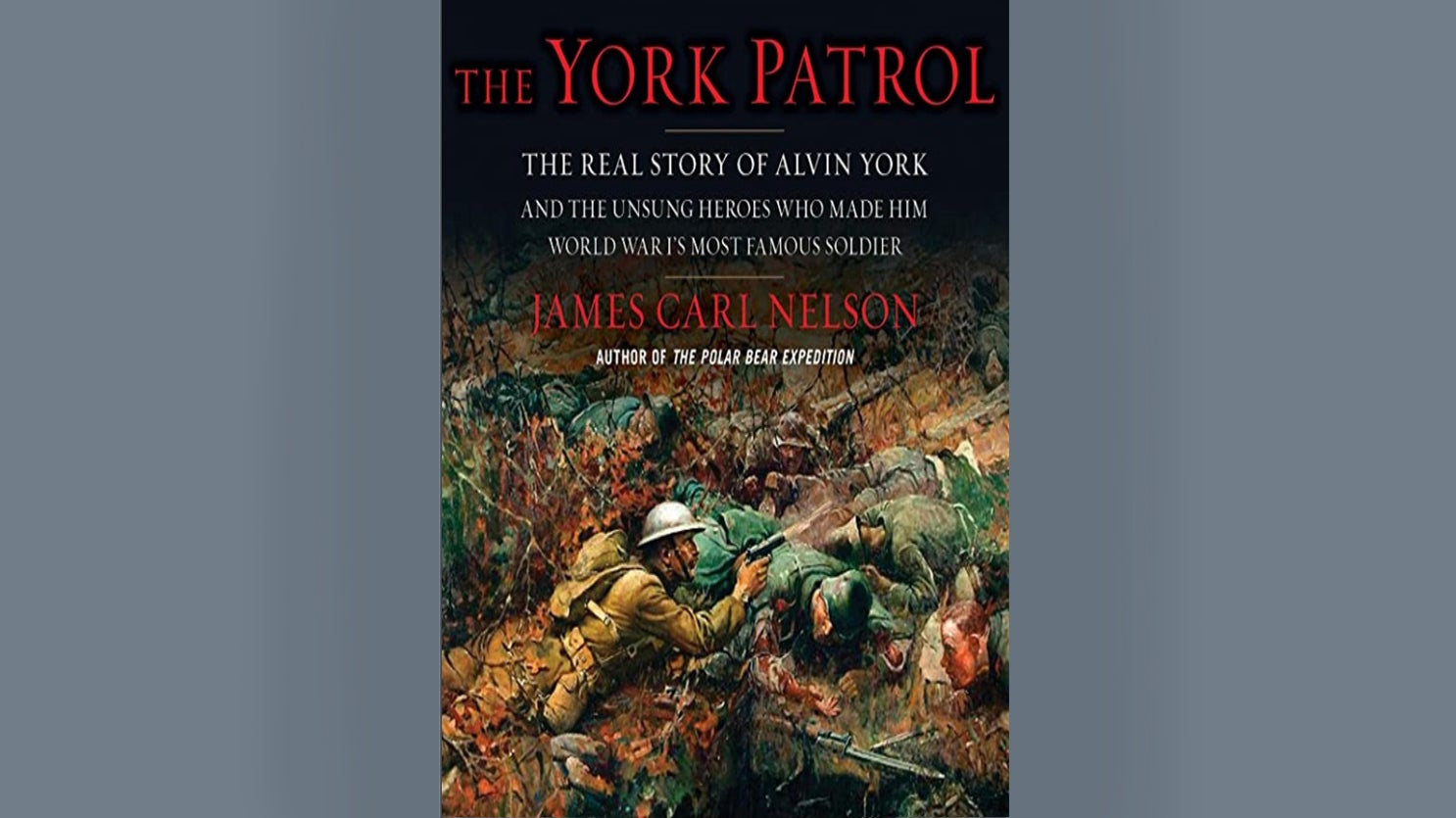Alvin York’s Fellow Soldiers Get Belated Recognition
Alvin York’s Fellow Soldiers Get Belated Recognition

A new book tells the story of courage and heroism of 17 men during one of the final Allied offensives during World War I.
“This is the story of a patrol, men acting together for the common good in the face of horrible odds,” author James Carl Nelson said Feb. 25 during the Association of the U.S. Army’s Thought Leaders webinar. “It's a story of a triumph followed by tragedy followed once more by triumph—not individual, but collective.”
In his book, The York Patrol: The Real Story of Alvin York and the Unsung Heroes Who Made Him World War I's Most Famous Soldier, Nelson tells the complete story of the battle, not only of the famed Sgt. Alvin York, but of the 16 men who fought beside him.
“Those men, all part of the Company G, [328th Infantry Regiment,] 82nd U.S. Division, were instrumental [to] what occurred on October 8th, 1918, in the Argonne Forest,” Nelson said.
According to Nelson, York “endured a crisis of faith” after being drafted into the Army in 1918 but “came around” after being convinced by superiors to help in the fight. “That backstory would one day become a huge element in his becoming the world’s biggest hero of World War I,” Nelson said.
The York Patrol follows the events of Oct. 8, 1918, the day York and his patrol “crumbled the key portion of the German defenses,” reportedly killing two dozen Germans and capturing another 132.
During a firefight with the enemy force, York and several others took fire from machine guns perched on a nearby hill. Some men, including a platoon commander, were killed. Despite being pinned down by enemy fire, the survivors fought back. York, equipped with his rifle and pistol, began to fire “at anything that moved,” Nelson. said
The firefight, lasting “all of 10 to 15 minutes,” ended when a senior German officer and his men surrendered, he said. The patrol agreed, taking 132 German prisoners back to American lines in the process.
While “rarely talked about,” Nelson said, the actions of all 17 men were “instrumental in hasting the end of the war” by clearing a portion of defenses that forced the Germans to retreat from the forest.
“This is when the legend of Sergeant York began,” Nelson said. York, who was credited with “the lion’s share of the haul,” according to Nelson, would receive the Medal of Honor for his actions that day.
After the war, York’s story was told in books, articles and a Hollywood movie. But the film, Nelson said, “did disservice to 16 men who were with York when he performed the deed that earned him the Medal of Honor.”
The York Patrol, Nelson’s fifth book, is available for purchase here.

